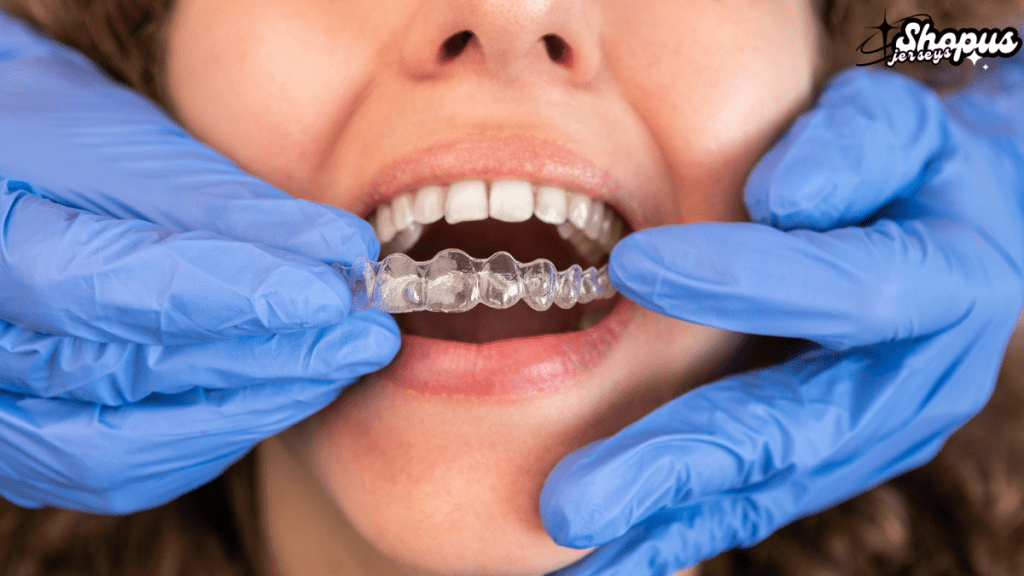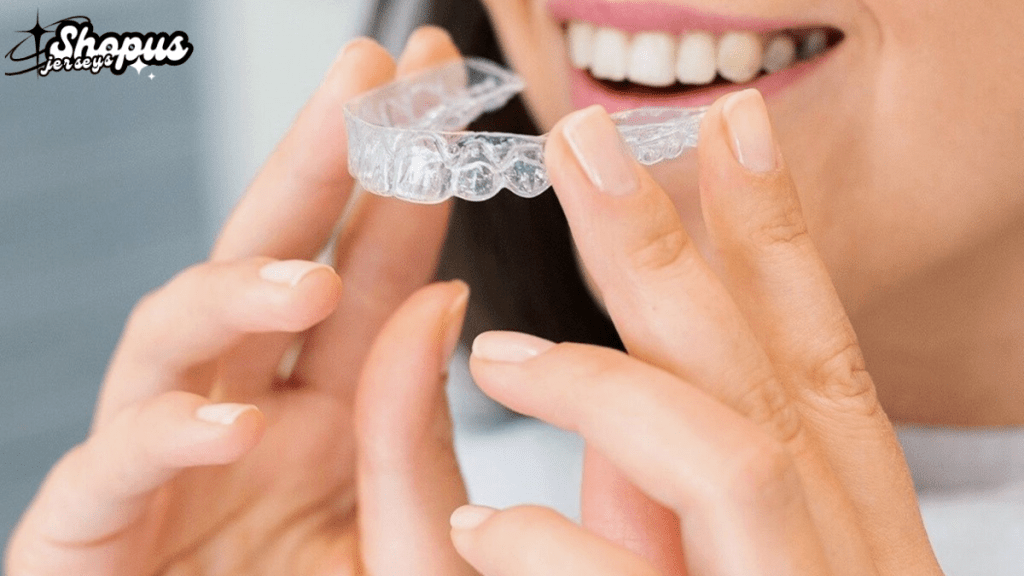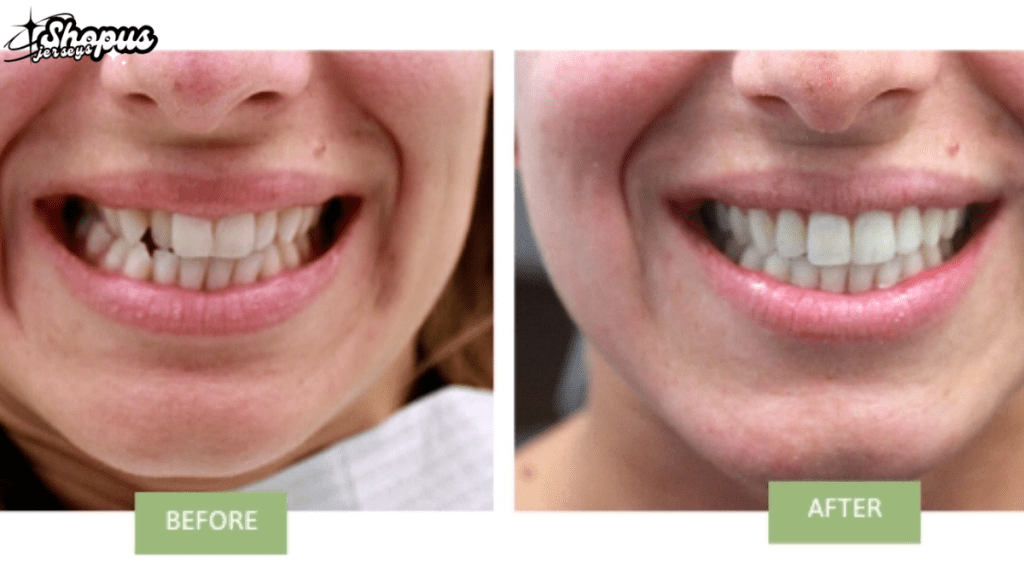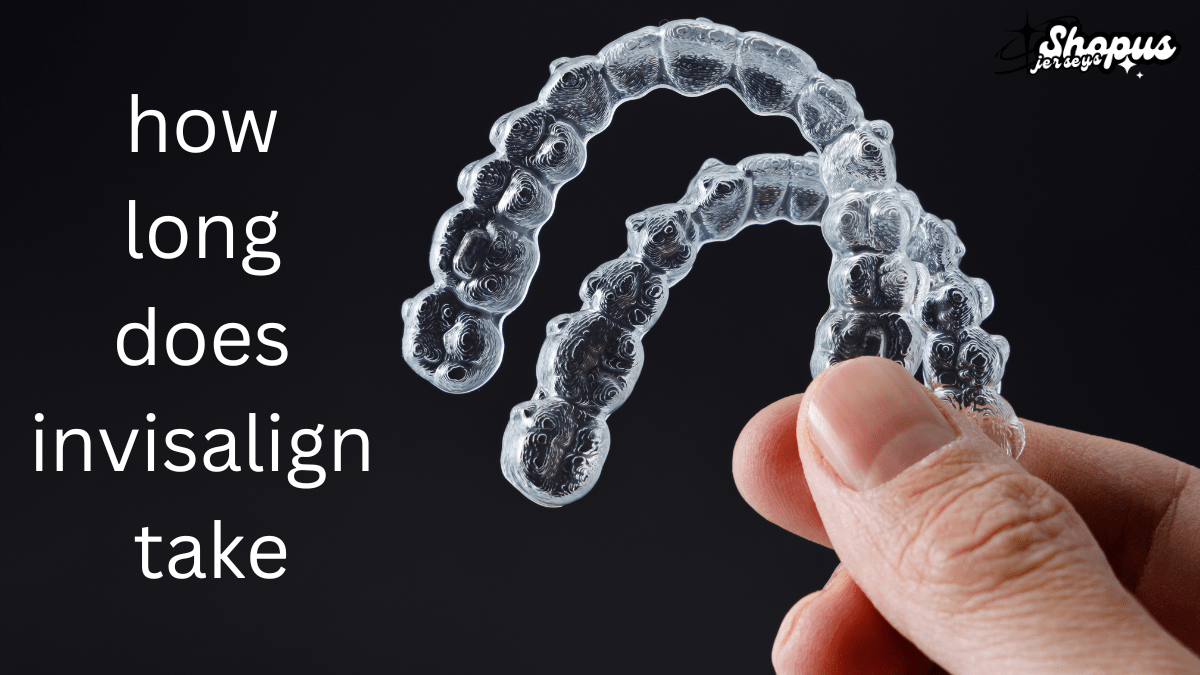Table of Contents
When you ask how long Invisalign takes, you’re looking for a clear answer to plan your smile journey. Invisalign is a popular choice for straightening teeth without braces. Knowing the treatment time helps you set expectations and stay motivated. Let’s explore how long Invisalign takes and what factors can change that time.
What is Invisalign?

Before we dive into the timeline, it’s good to know what Invisalign is. Invisalign uses clear, removable aligners to move your teeth gently into the right position. These aligners are custom-made for your teeth and are almost invisible, making them a favorite for many people who want a discreet way to straighten their smile.
Typical Invisalign Treatment Time
So, how long does Invisalign take? On average, Invisalign treatment lasts between 12 and 18 months. However, the time can be shorter or longer based on different factors. Some people see results in as little as 6 months, while others might need up to 24 months. Let’s break down the different treatment times based on your needs.
Minor Corrections
If your teeth need only small adjustments, Invisalign can be quicker. For minor crowding, small gaps, or slight crookedness, treatment can take about 6 to 9 months. These simpler cases move faster, letting you enjoy your new smile sooner.
Moderate Corrections
For more noticeable issues like moderate misalignment or larger gaps, Invisalign treatment usually takes between 12 to 18 months. This is the most common timeframe. Following your dentist’s advice and wearing your aligners as instructed helps keep your treatment on track.
Complex Cases
If you have significant dental problems, such as severe crowding, overbites, or underbites, Invisalign treatment might take 18 to 24 months or more. These cases need more aligner sets and sometimes extra adjustments, which take more time to ensure your teeth move correctly.
Factors That Affect Invisalign Treatment Time

Several things can change how long Invisalign takes. Understanding these factors helps you know what to expect and how to keep your treatment moving smoothly.
Severity of Dental Issues
The bigger your dental problems, the longer Invisalign might take. More severe misalignments need more time and aligners to fix. Simple fixes are quicker, while complex ones take more months to achieve the desired results.
Age
Age can play a role in how long Invisalign takes. Younger people, especially teenagers, often see faster results because their teeth move more easily. Adults can also achieve great results, but it might take a bit longer compared to younger patients.
Commitment to Wearing Aligners
How well you follow your dentist’s instructions affects the treatment time. Invisalign works best when you wear your aligners for 20 to 22 hours each day. If you don’t wear them enough, it can slow down your progress and make the treatment take longer.
Regular Check-ups and Adjustments
Going to your scheduled dental appointments is important. These visits let your dentist check your progress and make any needed changes to your treatment plan. Missing or delaying appointments can extend how long Invisalign takes.
How to Speed Up Invisalign Treatment
While the Invisalign timeline varies, there are ways to help speed up your treatment. Here are some tips to reach your perfect smile faster.
Wear Your Aligners as Directed
The most important tip is to wear your aligners for the recommended 20 to 22 hours a day. The more you wear them, the faster your teeth will move. Only take them out when eating, drinking anything other than water, brushing, or flossing.
Change Aligners on Schedule
Your dentist will give you a schedule for when to switch to the next set of aligners, usually every 1 to 2 weeks. Stick to this schedule to keep your treatment moving forward. Changing them too early or too late can slow your progress.
Use Invisalign Attachments or Accelerators
Sometimes, your dentist might suggest using small attachments or accelerators to help move your teeth faster. Attachments are tiny, tooth-colored dots that allow the aligners to grip your teeth better. Accelerators can use gentle vibrations to help your teeth move more quickly.
Maintain Good Oral Hygiene
Keeping your teeth and gums healthy is key during Invisalign treatment. Brush and floss regularly to prevent gum disease or other issues that can slow down your treatment. Also, clean your aligners daily to keep them clear and effective.
What Happens After Invisalign?

After you finish your Invisalign treatment, it’s important to keep your teeth in their new positions. Here’s what to expect after your aligners come off.
Wear Retainers
You will need to wear retainers to keep your teeth from moving back to their original positions. Retainers are usually worn full-time for the first few months and then only at night. Your dentist will tell you how long and how often to wear your retainer.
Regular Check-ups
Even after your treatment, continue to visit your dentist regularly. These check-ups help ensure your teeth stay healthy and in place. Your dentist can also make any needed adjustments to your retainer.
Frequently Asked Questions
How often do I need to visit the dentist during Invisalign?
You’ll typically visit your dentist every 6 to 8 weeks. These visits help track your progress and make any necessary changes to your treatment plan.
Can I eat with Invisalign?
Yes, you can eat with Invisalign, but you need to remove the aligners before eating or drinking anything other than water. This keeps your aligners clean and prevents staining.
Are there any side effects of Invisalign?
Some people might feel slight discomfort or pressure when they start a new set of aligners. This is normal and usually goes away after a few days. It’s a sign that your teeth are moving as they should.
Also read: How Long Does Invisalign Take? A Comprehensive Guide.
In summary, how long Invisalign takes depends on your specific dental needs. On average, treatment lasts between 12 and 18 months, but it can be shorter or longer based on factors like the severity of your dental issues, your age, and how well you follow your treatment plan. By wearing your aligners as directed, keeping up with your appointments, and maintaining good oral hygiene, you can help ensure your Invisalign journey is as smooth and quick as possible.






